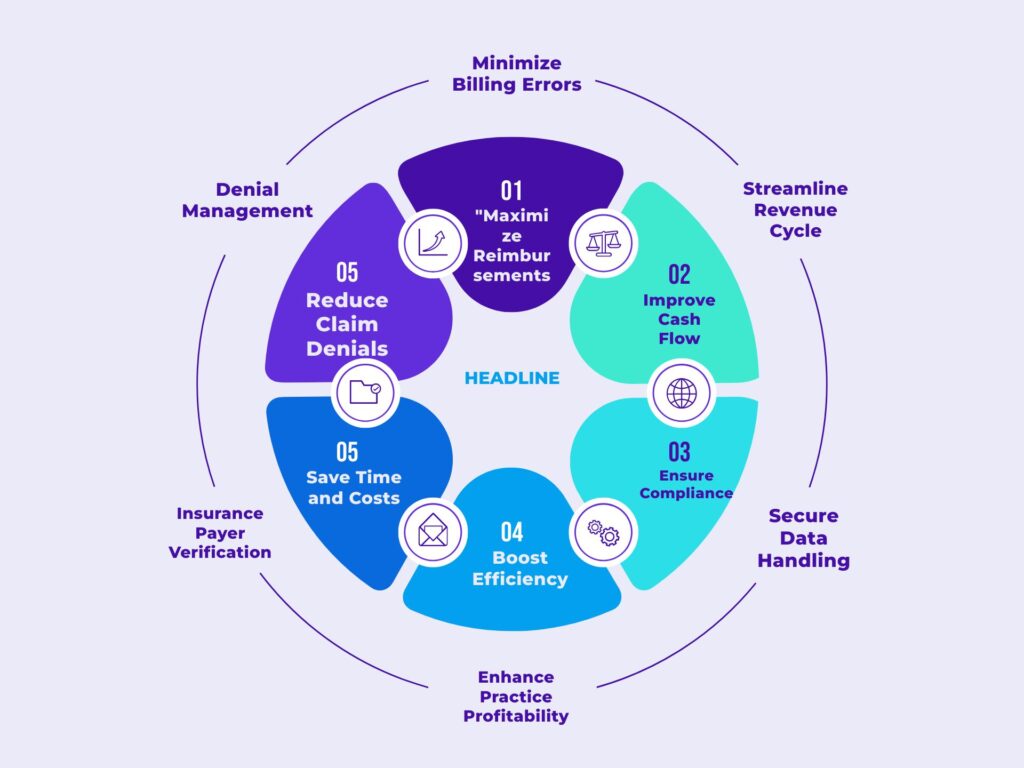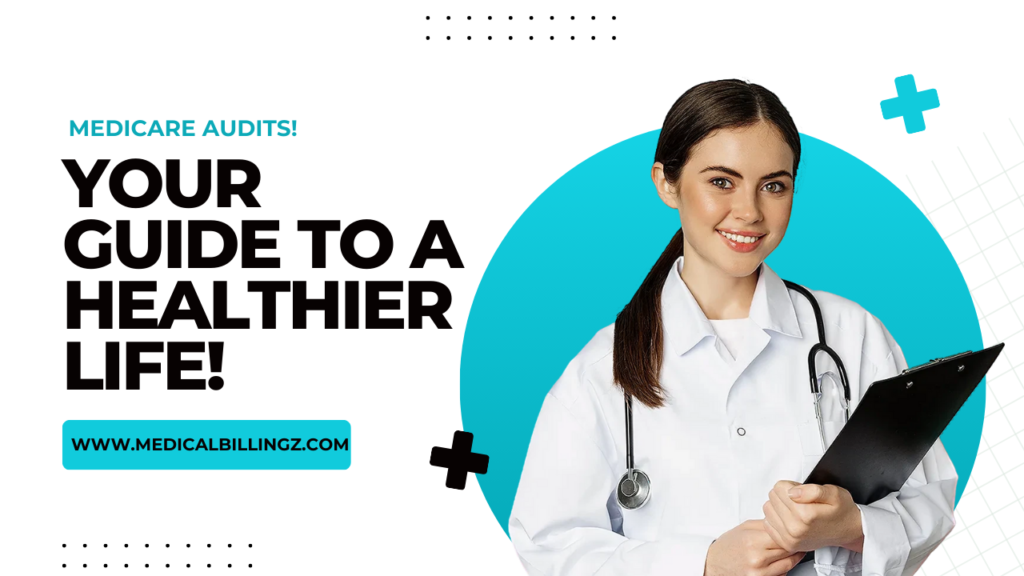Remote Patient Monitoring Services (RPMS) are transforming how healthcare is delivered, providing real-time patient data and improving accessibility, efficiency, and outcomes. In this article, we will explore the nuances of these services, their benefits, applications, and the future potential they hold for the healthcare industry.
Introduction
Remote Patient Monitoring Services refer to the use of digital technologies to collect health data from patients in one location and electronically transmit it to healthcare providers in a different location for assessment and recommendations. These services are a cornerstone of telehealth, enabling continuous monitoring and better management of chronic conditions.
Benefits
Remote Patient Monitoring offer a plethora of advantages that make them an essential part of modern healthcare.
1. Enhanced Patient Engagement
Patients are more involved in their care when they actively participate in tracking their health metrics, which promotes better adherence to treatment plans.
2. Early Detection of Health Issues
Continuous monitoring allows for early detection of anomalies, helping healthcare providers intervene before minor issues escalate into severe problems.
3. Improved Accessibility
Patients in remote or underserved areas can access high-quality care without frequent visits to healthcare facilities, saving time and resources.
4. Cost Efficiency
By reducing hospital admissions and emergency visits, these services lower the overall costs of healthcare for both providers and patients.
5. Data-Driven Care
The integration of data analytics enables healthcare providers to make informed decisions based on real-time and historical patient data.
Learn more about Simplified Remote Patient Monitoring Billing for Providers
Key Components of Remote Patient Monitoring
To understand the full scope of Remote Patient Monitoring, it is crucial to know their essential components:
1. Devices and Sensors
Wearable devices and sensors such as blood pressure monitors, glucose meters, and pulse oximeters capture patient data accurately.
2. Connectivity
Technologies like Bluetooth, Wi-Fi, and cellular networks facilitate seamless data transmission from patients to healthcare systems.
3. Data Analytics Platforms
These platforms process and analyze the collected data, providing actionable insights to healthcare providers.
4. Healthcare Provider Interfaces
User-friendly dashboards allow providers to monitor patient health, flag concerns, and communicate directly with patients.
5. Compliance and Security Features
Remote Patient Monitoring Services adhere to regulations like HIPAA, ensuring patient data remains secure and confidential.
Applications of Remote Patient Monitoring
Remote Patient Monitoring Services find applications across various healthcare domains, enhancing patient care and operational efficiency.
1. Chronic Disease Management
Conditions like diabetes, hypertension, and heart diseases benefit significantly from continuous monitoring, reducing complications.
2. Post-Surgical Care
Monitoring vital signs and recovery progress remotely ensures patients receive proper care after surgeries without frequent hospital visits.
3. Maternal and Child Health

Pregnant women and newborns can be monitored for vital signs, promoting better maternal and child health outcomes.
4. Senior Care
Elderly patients with mobility constraints can enjoy improved care quality through constant health tracking.
5. COVID-19 Management
The pandemic highlighted the importance of Remote Patient Monitoring Services in managing mild to moderate COVID-19 cases from home.
Challenges in Implementing Remote Patient Monitoring
Despite their numerous advantages, implementing Remote Patient Monitoring comes with certain challenges.
1. Technological Barriers
Not all patients are tech-savvy, and some may struggle with using advanced devices or platforms.
2. High Initial Costs
The setup of Remote Patient Monitoring, including devices and platforms, can be costly for healthcare providers.
3. Data Overload
Healthcare providers may face challenges in managing and interpreting the large volumes of data generated.
4. Connectivity Issues
In rural areas, inadequate internet connectivity can hinder the smooth functioning of these services.
5. Privacy Concerns
Patients often worry about the confidentiality of their health data, requiring robust cybersecurity measures.
How Remote Patient Monitoring Enhance Healthcare Efficiency
By bridging the gap between patients and providers, Remote Patient Monitoring Services streamline healthcare operations.
1. Reduced Hospital Readmissions
Continuous monitoring helps manage conditions proactively, reducing the need for hospital readmissions.
Learn more about Simplified Remote Patient Monitoring Billing for Providers
2. Better Resource Allocation
Healthcare resources like beds and staff can be reserved for critical cases as many patients are monitored remotely.
3. Personalized Care Plans
Data insights allow healthcare providers to develop tailored care plans for individual patients.
4. Patient Satisfaction
Patients appreciate the convenience of receiving high-quality care from the comfort of their homes.
5. Improved Provider-Patient Communication
With real-time updates and remote consultations, communication between patients and providers becomes more effective.
Technologies Driving Remote Patient Monitoring
Technological advancements play a pivotal role in the success of Remote Patient Monitoring.
1. Internet of Medical Things (IoMT)
IoMT connects medical devices to healthcare networks, enabling seamless data sharing.
2. Artificial Intelligence (AI)
AI algorithms analyze patient data to identify patterns and predict potential health risks.

3. Cloud Computing
Cloud platforms store and process large amounts of health data, ensuring scalability and accessibility.
4. Mobile Applications
User-friendly apps allow patients to track their health metrics and communicate with providers.
5. Blockchain
Blockchain technology ensures secure and tamper-proof storage of patient data.
| Device | Primary Use |
|---|---|
| Blood Pressure Monitor | Monitors hypertension levels |
| Glucose Meter | Tracks blood sugar levels |
| Pulse Oximeter | Measures oxygen saturation |
| Wearable ECG Monitor | Detects heart rhythm irregularities |
| Smart Thermometer | Monitors body temperature |
| Digital Weighing Scale | Tracks weight changes |
The Future of Remote Patient Monitoring
The future of Remote Patient Monitoring is bright, with innovations and integrations paving the way for more advanced solutions.
1. Increased Adoption in Rural Areas
Efforts to improve internet connectivity will enable these services to reach underserved regions.
2. Integration with Virtual Reality (VR)
VR could be used for remote physical therapy sessions, further enhancing patient care.
3. Real-Time Drug Delivery Monitoring
Wearable devices could monitor how patients metabolize medications, ensuring optimal dosing.
4. Predictive Healthcare
With AI and big data analytics, Remote Patient Monitoring Services could predict health issues before symptoms manifest.
5. Collaboration with Smart Homes
Integration with smart home devices will provide holistic health monitoring, from activity levels to sleep quality.
Conclusion
Remote Patient Services are revolutionizing healthcare by enhancing accessibility, efficiency, and patient outcomes. As technology continues to evolve, these services will become more robust, playing a crucial role in addressing the challenges of modern healthcare. By embracing Remote Patient Monitoring Services, providers can ensure better care delivery, ultimately transforming the lives of millions worldwide.
FAQs
Do Remote Patient Monitoring require internet connectivity?
Yes, a stable internet connection is often necessary for transmitting data between patients and healthcare providers.
What devices are used in Remote Patient Monitoring Services?
Devices include blood pressure monitors, glucose meters, pulse oximeters, wearable ECG monitors, digital thermometers, and smart weighing scales.
Who can benefit most from Remote Patient Monitoring Services?
Patients with chronic conditions, those recovering from surgery, elderly individuals, and people in remote or underserved areas benefit significantly from these services.
Are Remote Patient Monitoring Services covered by insurance?
Coverage depends on the provider and the country. Many insurance plans and government healthcare programs are beginning to include these services due to their growing importance.

